Training Zones: How Deeper Data Helps You Reach Your Fitness Goals Faster
From Garmins to Apple Watches and beyond, if you own a fitness tracker, you already know that it measures your heart rate during physical activity. Using this information, you can use your five training zones to dial in your workouts. But what you might not realize is that heart rate data only tells a smallContinue reading "Training Zones: How Deeper Data Helps You Reach Your Fitness Goals Faster"
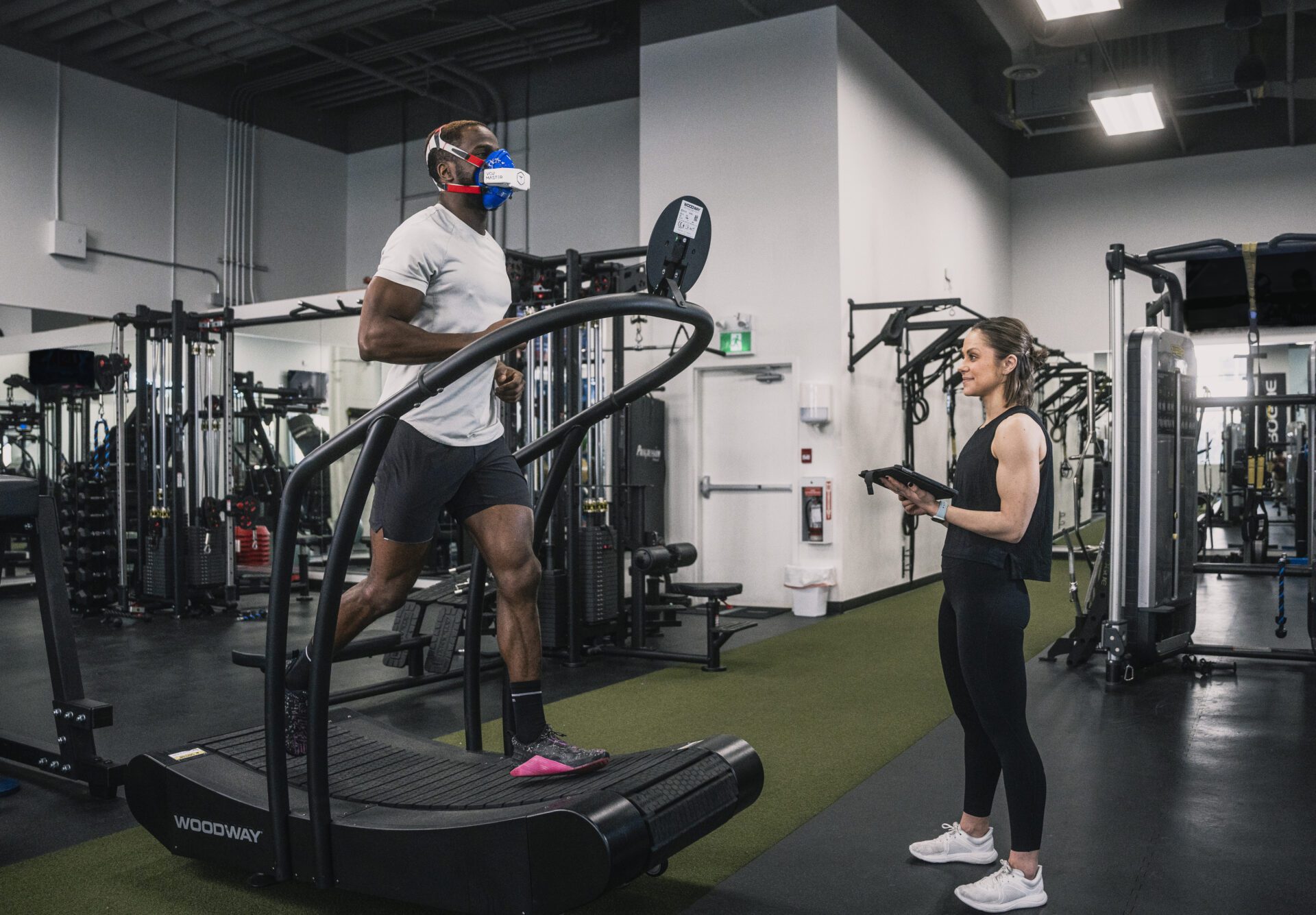
From Garmins to Apple Watches and beyond, if you own a fitness tracker, you already know that it measures your heart rate during physical activity. Using this information, you can use your five training zones to dial in your workouts.
But what you might not realize is that heart rate data only tells a small piece of the story. By diving into data that tells you exactly what your body is doing and when your zone training can give you the best chance of reaching your fitness goals in the shortest amount of time.
Whether you’re looking to lose weight, improve your strength training, prepare for a race, or simply achieve your highest athletic potential, you can use zone training to:
- Establish your baselines
- Tailor your training to achieve your desired results
- Track your progress over time
In this resource, we’ll explore the fundamentals of zone training, discuss the benefits of determining your optimal training intensities based on your unique physiology, and explain how you can attain deeper and more meaningful insights.
Table of Contents
- The Basics of Zone Training
- The 5 Training Zones Defined
- The Traditional Method of Calculating Your Training Zones
- How to Calculate Your 5 Training Zones Using Unique, Personalized, and Accurate Physiological Data
- The Benefits of Training Based on Your 5 Zones
- Who Can Use Training Zones Effectively?
- Common Misconceptions About Training Based on Your Five Training Zones
- Misconception: There is a One-Size-Fits-All Max HR Formula
- Misconception: Lower Heart Rates Indicate Poor Results
- Misconception: All Training Must Be in the Highest Zones in Order to be Effective
- Misconception: Only Elite Athletes Benefit from Using Zone Training
- Misconception: You Can Ignore What Your Body is Telling You and Adhere Only to Your Training Zones
The Basics of Zone Training
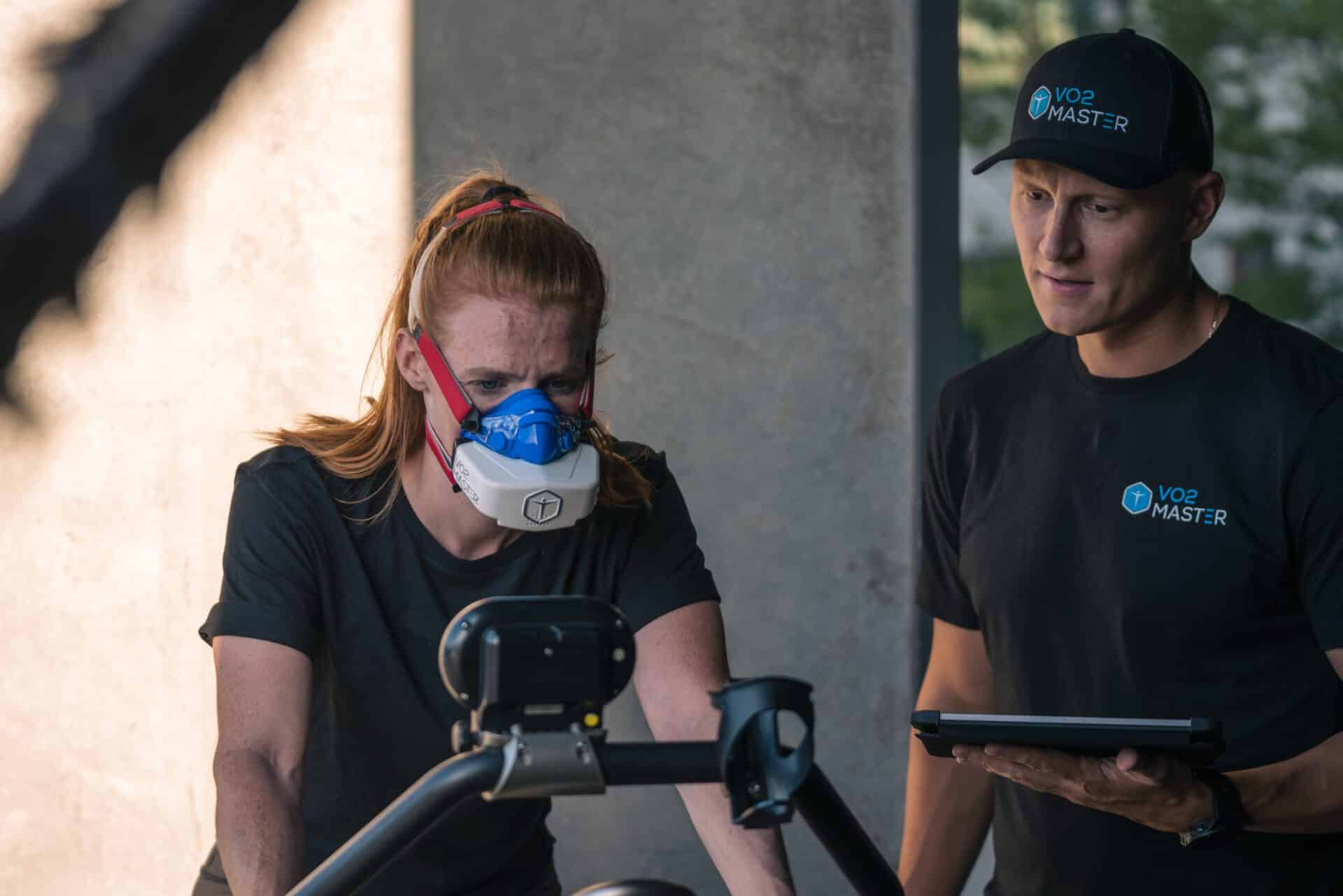
From a physiological perspective, your five training zones measure the intensity at which your body is using its aerobic metabolism system to produce energy from fat and glycogen.
In simple terms, this means that your body responds and performs differently at various rates of exertion.
By measuring your own training zones, you can tailor your training routine to ensure you’re triggering the right physiological responses to create the outcomes you’re after.
Ranging from Zone 1 (the lowest intensity) to Zone 5 (the highest intensity), it’s important to understand that your training zones are uniquely your own. They can vary based on factors like fitness level, age, and genetics.
So, while the traditional method of measuring your heart rate is a great start for defining your training zones, it’s important to also attain additional data, such as your VO2max and mechanical output in terms of power and speed, through other methods.
The 5 Training Zones Defined

If you’re considering incorporating zone training into your fitness routine, it’s important to understand what each of them entails.
Zone 1: Very Light (50-60% of Max HR)
When you’re in Zone 1, it should feel comfortable and light. You should be able to easily hold a conversation and maintain this intensity for long periods of time.
This zone is often used for warm-ups and cool-downs since it enhances blood circulation and aids in active recovery.
Physiological Effects of Training in Zone 1
In this zone, your body is burning primarily fat to produce energy, making it an optimal way to reduce or maintain body weight.
Zone 2: Light (60-70% of Max HR)
In Zone 2, you’ll notice the intensity is slightly higher, but you’ll still feel relatively comfortable and you should be able to sustain this level of exercise for extended periods of time. You’ll still be able to maintain a conversation, but it will take a bit more effort.
Physiological Effects of Training in Zone 2
In this zone, your body is still primarily burning fat for energy production.
Zone 2 training decreases insulin resistance and increases your body’s ability to transport oxygen to your muscles.
Zone 3: Moderate (70-80% of Max HR)
When you break into Zone 3, you’ll be at a pace that feels noticeably exerting but still sustainable. Consider this a moderate level where it would be challenging to maintain a conversation.
Physiological Effects of Training in Zone 3
Training in Zone 3 enhances your ventilatory threshold, improves aerobic fitness, and helps to build muscle strength.
In Zone 3 and beyond, your body begins shifting toward burning more carbohydrates than fats in order to produce energy, in turn making Zones 3, 4, and 5 less optimal for weight loss and more tailored towards athletic improvement.
Zone 4: Hard (80-90% of Max HR)
Generally only used for shorter efforts, training in Zone 4 will make you acutely aware that you’re pushing your limits and working close to your maximum capacity. It would be very difficult to maintain a conversation at this level of intensity.
Physiological Effects of Training in Zone 4
Training in this zone increases anaerobic capacity, improves your speed, and increases your VO2max.
You’ll also keep burning calories long after your workout.
Zone 5: Maximum (90-100% of Max HR)
This is an all-out effort level, sustainable for only short bursts. When you’re in Zone 5, you’re at your absolute limits.
Physiological Effects of Training in Zone 5
Training in this zone helps increase top-end speed, power, and anaerobic performance.
The Traditional Method of Calculating Your Training Zones
If you don’t have access to the tools to provide you with in-depth physiological data or if you’re just beginning your fitness journey and are simply seeking high-level insights to get you started, you can use the traditional MHR calculation for determining your training zones.
Step 1: Calculate Your Maximum Heart Rate (MHR)
The most common formula for estimating your maximum heart rate is as follows:
MHR = 220 – Age
For instance, if you’re 35 years old, you would calculate your MHR as:
220 – 35 = 185 beats per minute MHR
Step 2: Determine Your Training Zones
Once you have your MHR or HRR, you can calculate different training zones using various percentage ranges. The most commonly used training zones are as follows:
- Zone 1 – Recovery Zone: 50-60% of MHR
- Zone 2 – Aerobic Zone: 60-70% of MHR
- Zone 3 – Tempo Zone: 70-80% of MHR
- Zone 4 – Threshold Zone: 80-90% of MHR
- Zone 5 – Anaerobic Zone: 90-100% of MHR or HRR
So, using the example in the last section for a 35-year-old with a MHR of 185, your zones would be:
- Zone 1 – Recovery Zone: 92 – 111 BPM
- Zone 2 – Aerobic Zone: 112 – 129 BPM
- Zone 3 – Tempo Zone: 130 – 148 BPM
- Zone 4 – Threshold Zone: 149 – 166 BPM
- Zone 5 – Anaerobic Zone: 167 – 185 BPM
You can also use a simple online heart rate zone calculator to quickly determine your five training zones.
However, the issue with this method of calculating your training zones is that it is rooted in assumptions and estimations rather than personalized data.
How to Calculate Your 5 Training Zones Using Unique, Personalized, and Accurate Physiological Data
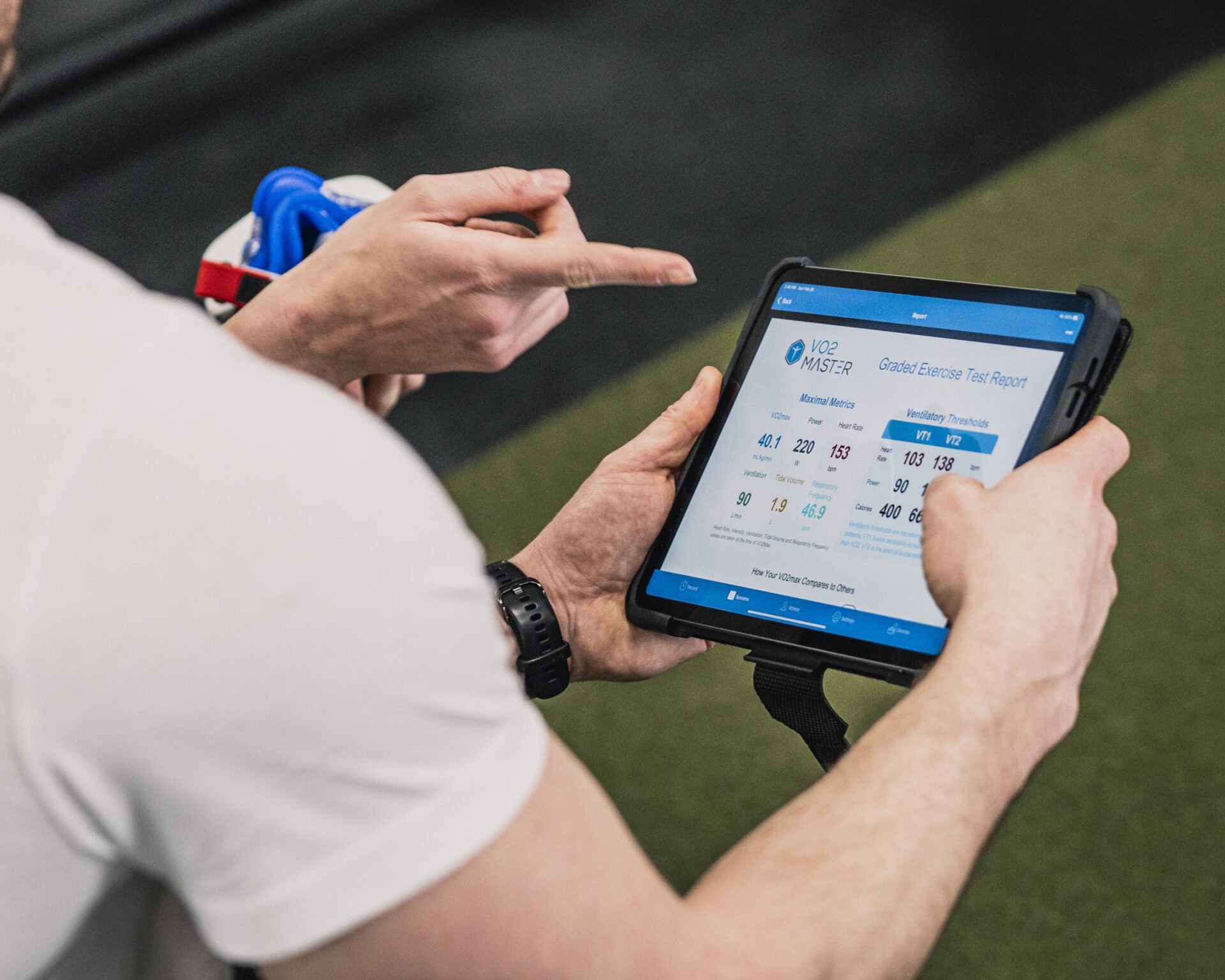
While the previous MHR calculation is simpler, it’s not particularly accurate. Remember: your training zones are uniquely your own. They are rooted in your own specific physiology and can vary based on your fitness level, age, and genetics.
With that in mind, it’s wise to calculate them based on a wide range of data points, including your:
- Heart rate: The number of times your heart beats per minute as an indicator of exercise intensity and cardiovascular conditioning.
- VO2max: The maximum amount of oxygen you can utilize during intense exercise, often used as a measure of aerobic fitness.
- Ventilatory thresholds: These measurements, which can be ascertained using the VO2 Master Analyzer, provide you with a much more accurate reflection on the physiological changes that occur at different intensities rather than using calculations based on Max values. These thresholds are indications of where your breathing intensity changes in response to your intensity of exercise.
- Mechanical outputs: The power and speed with which you move as an indicator of performance improvements and overall athletic abilities.
Using a tool like VO2 Master paired with auxiliary sensors such as the Polar H10 heart rate monitor, you can attain accurate, reliable, and actionable data that tells you exactly what your body is doing and when.
Rather than high-level estimations of your athletic performance, these data give you a comprehensive picture of the physiological responses being triggered by your training.
This, in turn, allows you to more accurately define your training zones, measure your progress, adjust your training accordingly and–ultimately–have the best chance of reaching your fitness goals in the shortest amount of time.
The Benefits of Training Based on Your 5 Zones
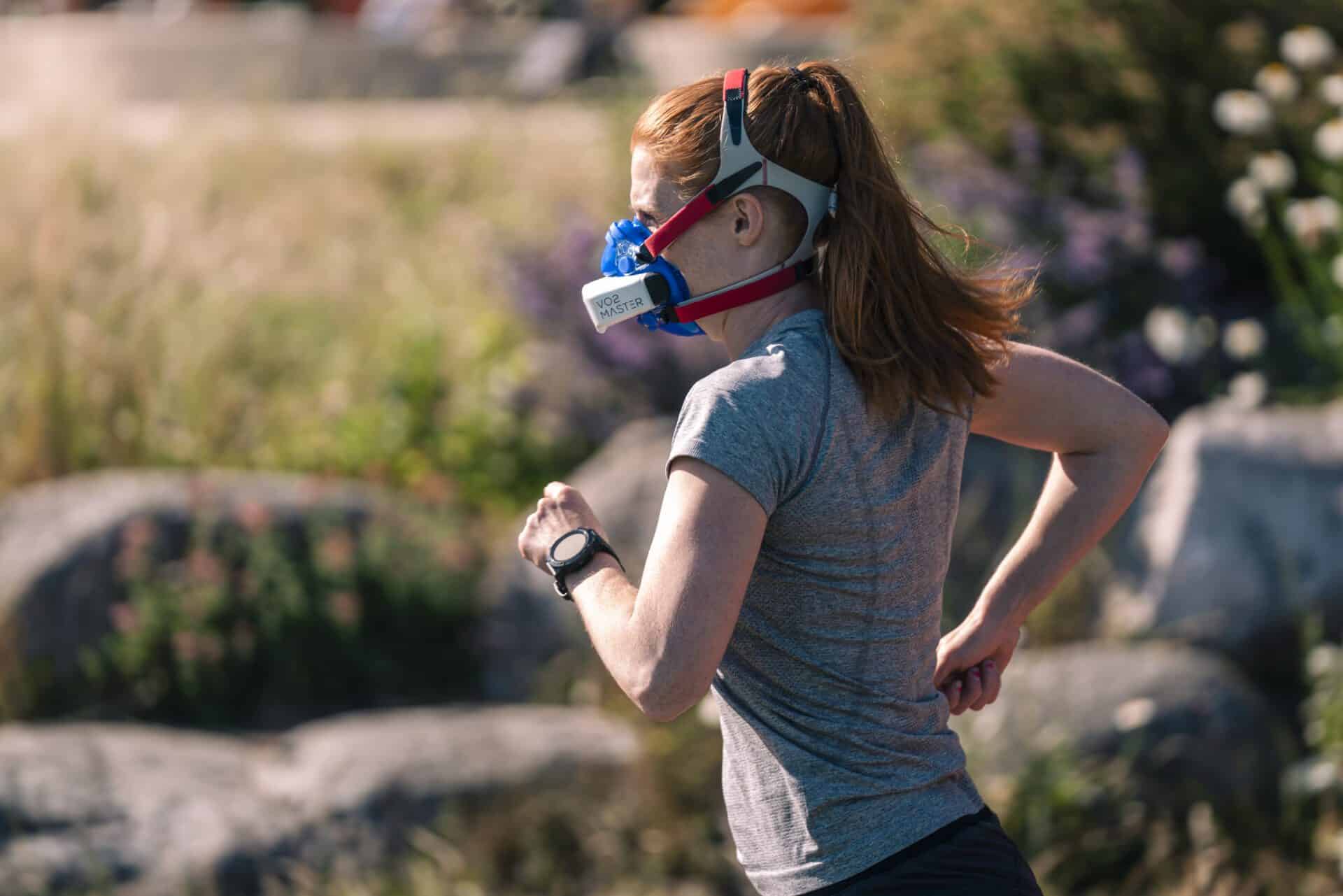
Training based on your five training zones is a more personalized way to work out since it’s based on your own personal physiology and can be tweaked to achieve your own unique goals.
Having established training zones makes it easier to stay at your desired effort levels during a training session–it can help you avoid overtraining and can also help you ensure you’re working hard enough to get the desired results.
For athletes, it can improve cardiac output, increase VO2max, and boost athletic performance.
Training based on your five training zones offers a structured approach to exercise that targets different aspects of fitness and performance.
Who Can Use Training Zones Effectively?
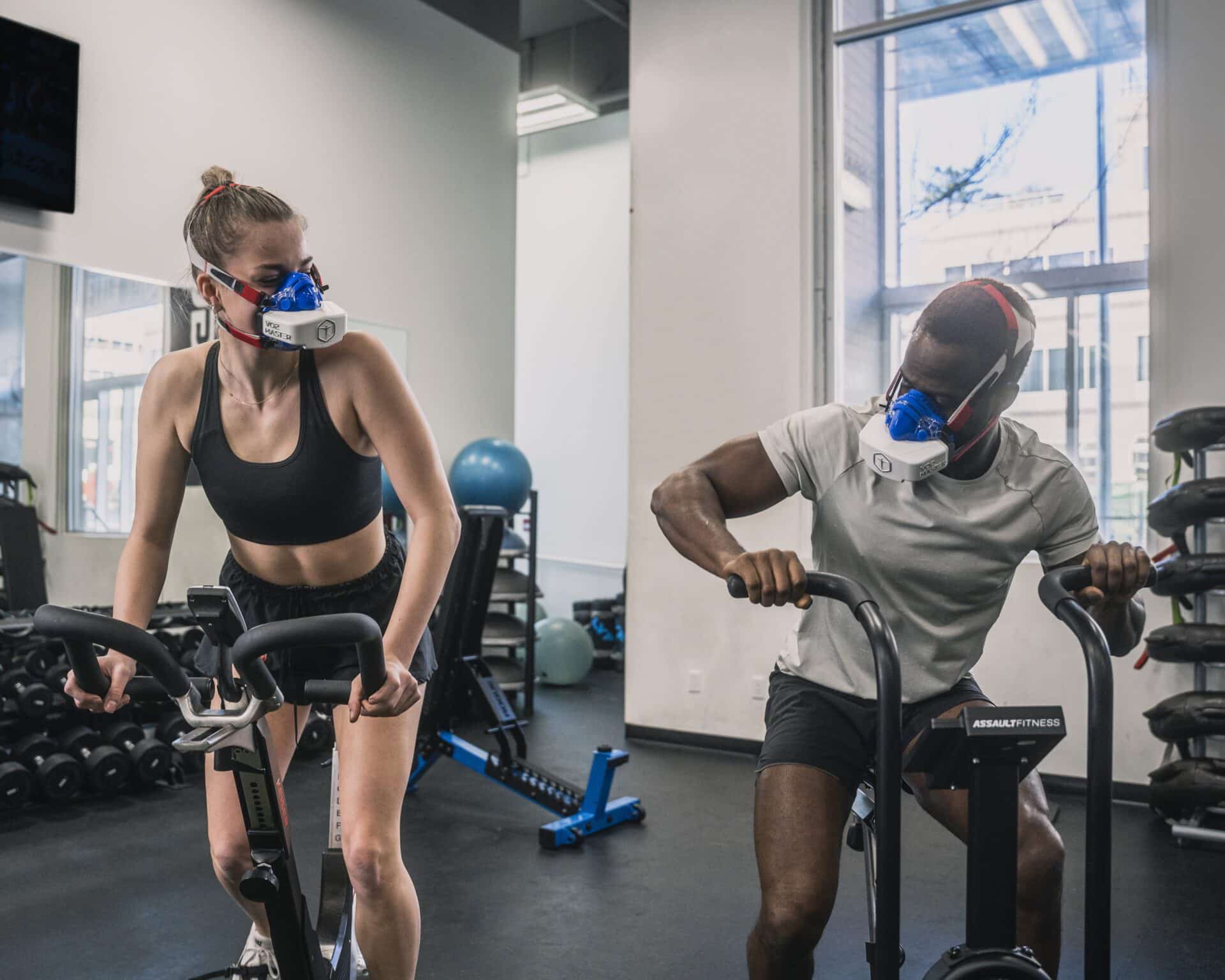
No matter where you are in your fitness journey or what your goals might be, training using your five training zones can be an effective strategy for you.
Beginners
Training based on your training zones can offer you a structured and gradual approach to exercise intensity. It helps beginners ease into workouts without risking overexertion. Starting in the lower zones allows newcomers to build a solid fitness foundation while minimizing the risks of overtraining.
Weight Management
If you’re looking to manage your weight, you can benefit from tapping into your training zones. Zones 2 and 3, which focus on aerobic endurance and fat metabolism, are particularly useful for burning calories efficiently and supporting weight loss goals.
Endurance Athletes

Long-distance runners, cyclists, swimmers, and other endurance athletes can enhance their aerobic capacity by training in zones 2 and 3. These zones build the foundation for sustained effort over extended periods, improving race performance.
High-Intensity Athletes
Athletes in sports requiring bursts of power and speed, such as sprinters, triathletes, cyclists, or interval trainers, can benefit from zones 4 and 5 training. These zones improve anaerobic capacity which is essential for explosive movements and high-intensity efforts.
Strength Training Athletes
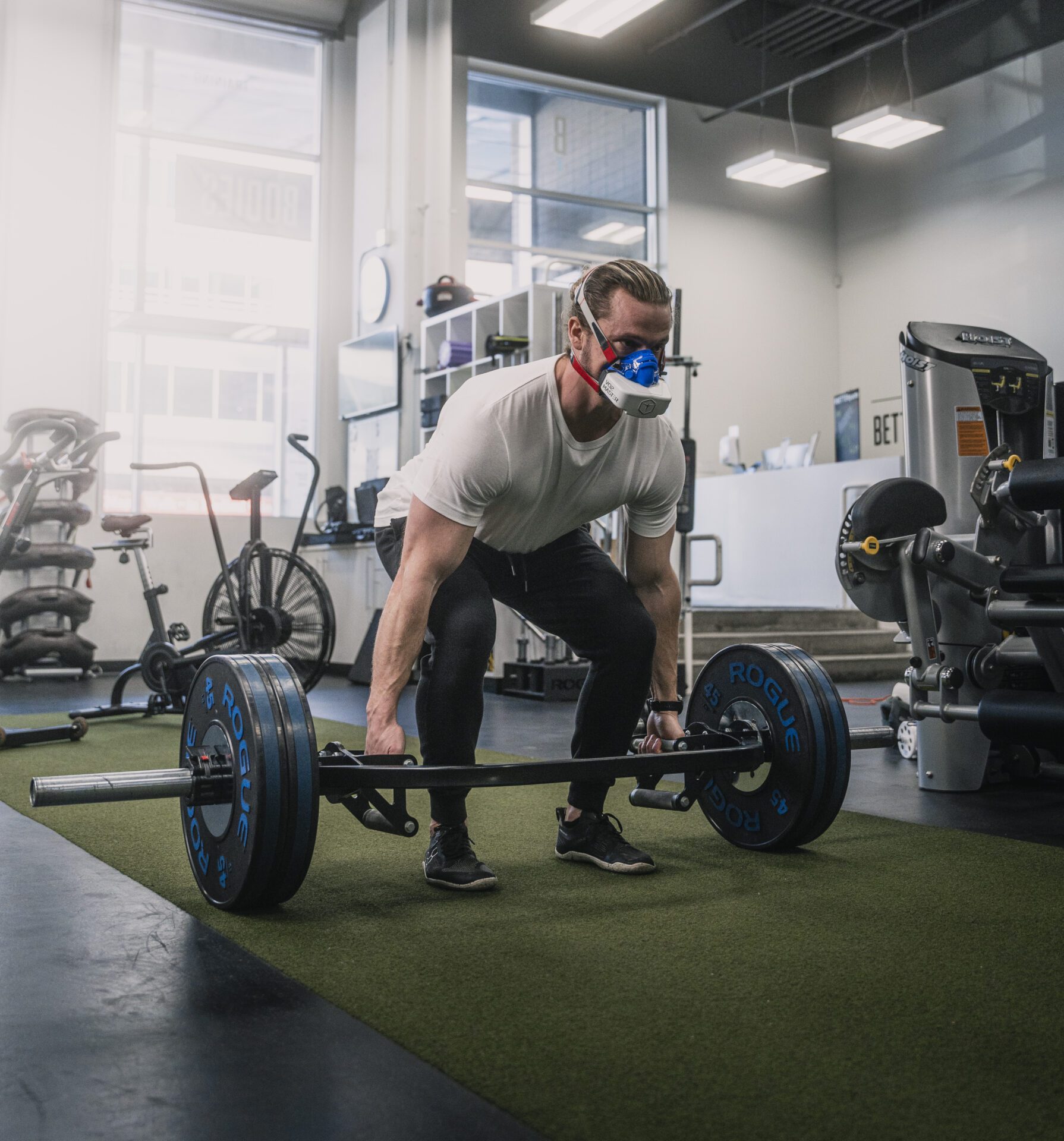
Zone training is suitable for those looking to improve their ventilatory threshold, which is the point at which lactic acid accumulation causes muscle fatigue. Zone 3 training specifically targets this aspect of fitness.
Fitness Enthusiasts with Varied Goals
Zone training allows individuals with different fitness goals to structure their workouts effectively. You can combine zones based on your specific goals, whether they include weight management, endurance improvement, or overall fitness enhancement.
Common Misconceptions About Training Based on Your Five Training Zones
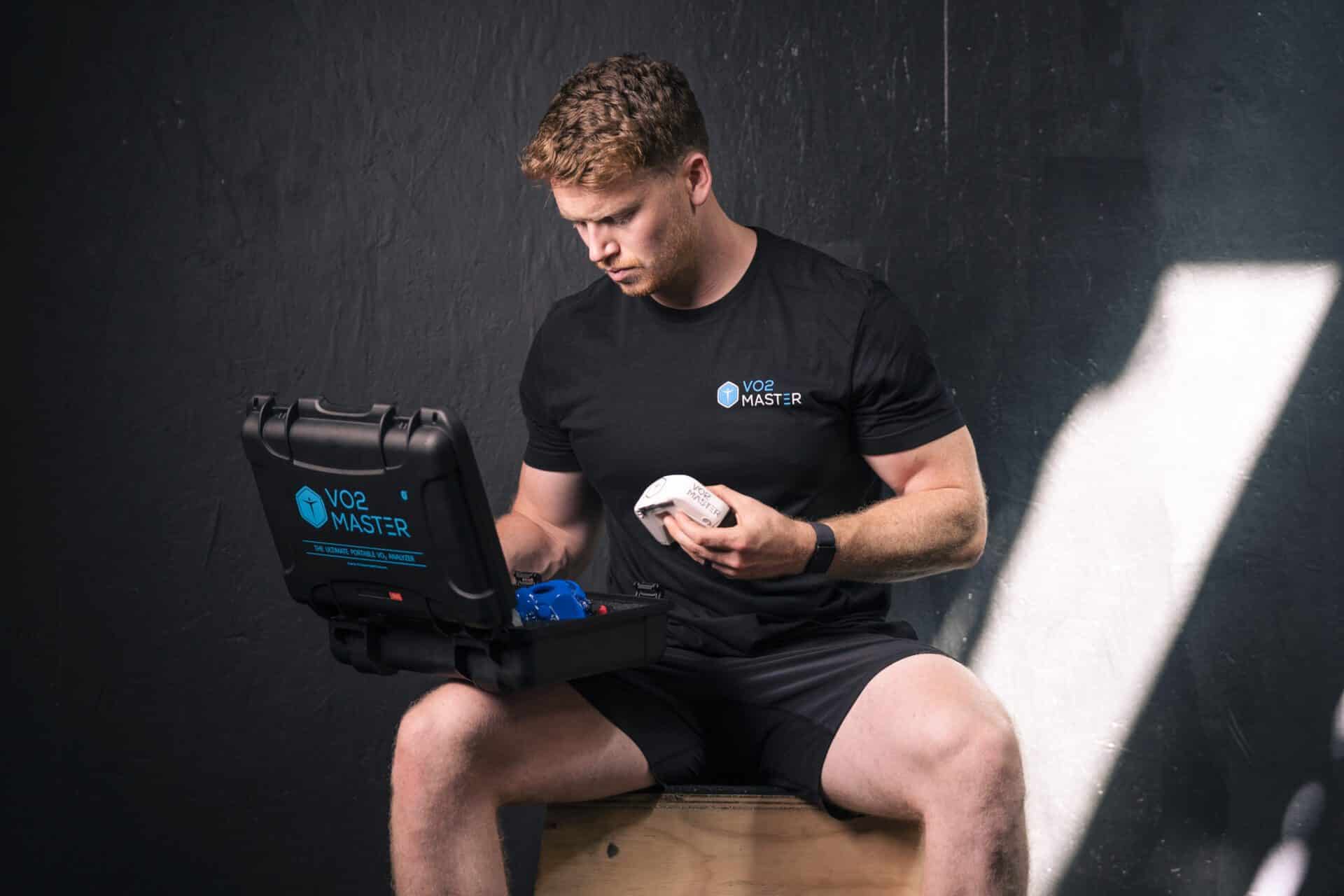
There are a few common misconceptions about training based on your five training zones, and it’s important to avoid them.
Misconception: There is a One-Size-Fits-All Max HR Formula
Many people rely on the standard formula of 220 minus age to calculate their maximum heart rate. However, this formula doesn’t account for individual variations in fitness, genetics, and other factors that can influence your actual max heart rate. Using this formula exclusively can lead to inaccurate training zones.
Instead, it’s wise to use tools like the VO2 Master Analyzer to give you precise data about your physiology paired with auxiliary training devices like Polar HRMs, Garmins, or Apple Watches that can make it simple to measure your training zones and then track your progress over time.
Misconception: Lower Heart Rates Indicate Poor Results
As you would with any form of training, tracking your training zones over time is essential to understanding your improvement.
Why?
Because your training zones will change over time.
Contrary to popular belief, your goal shouldn’t be to progressively hit higher heart rates. Instead, you actually want to see your heart rate go down during similar activities over the course of a few months.
That’s because your heart pumps oxygen-filled blood throughout your body while you’re exercising. The stronger your heart, the more blood it pumps with each beat. This means that, as you become fitter and your heart gets stronger, it won’t have to beat as often to circulate sufficient volumes of blood through your body to fuel your workout.
This is where multiple data points come into play: in order to truly understand your improvement, you need to examine multiple different facets of your training. Over time, you can measure improvements in your fitness through decreases in your heart rate during similar activities while tracking increases in your power, speed, and VO2max.
Misconception: All Training Must Be in the Highest Zones in Order to be Effective
While it might feel like training at the highest intensity–in Zones 4 or 5–is the fastest way to get results, this isn’t the case. While high-intensity training is important, a balanced approach that includes lower-intensity zones is necessary for overall fitness, recovery, and injury prevention.
Misconception: Only Elite Athletes Benefit from Using Zone Training
The benefits of zone training are not limited to elite athletes. It is a versatile approach suitable for people at various fitness levels with diverse goals, from weight management to improving cardiovascular health.
Misconception: You Can Ignore What Your Body is Telling You and Adhere Only to Your Training Zones
It’s important to remember that, while zone training provides guidance, your body’s signals are valuable too. If you’re feeling excessively fatigued, it’s okay to adjust your training intensity, even if it doesn’t align with your planned zone.
No matter your fitness or training goals, understanding and leveraging your five training zones can help you stay on track and ensure you’re doing exactly what you need during your workouts to get where you’re trying to go–without doing too much or too little.
